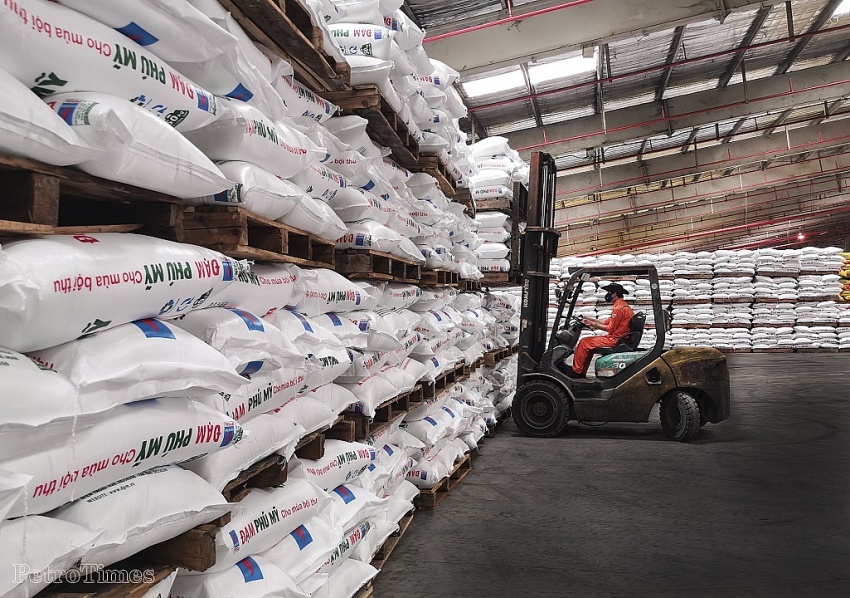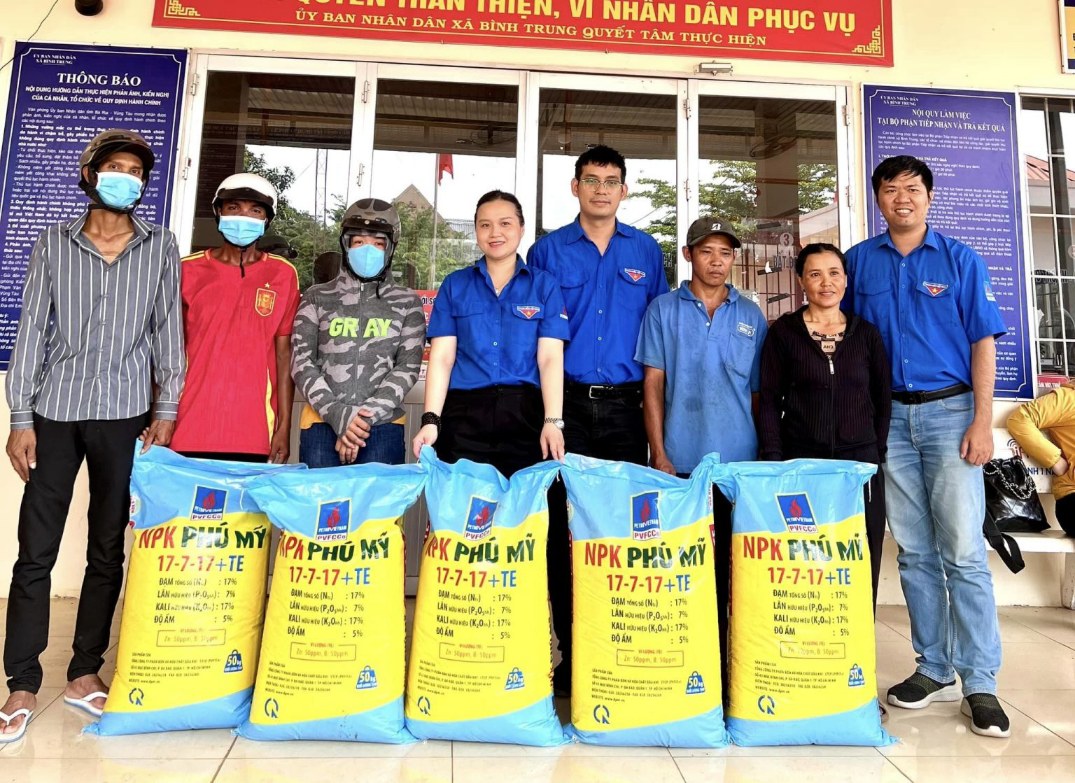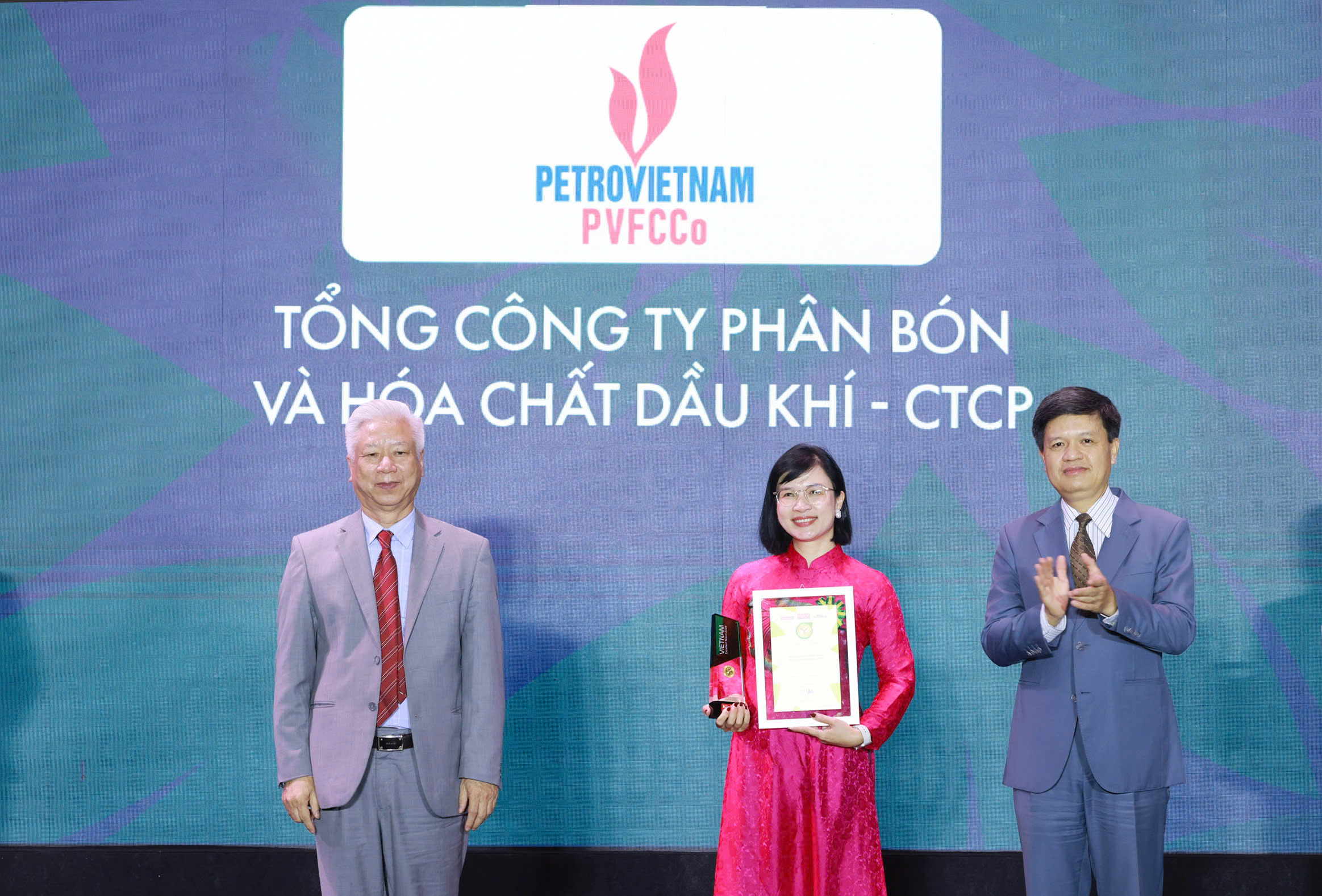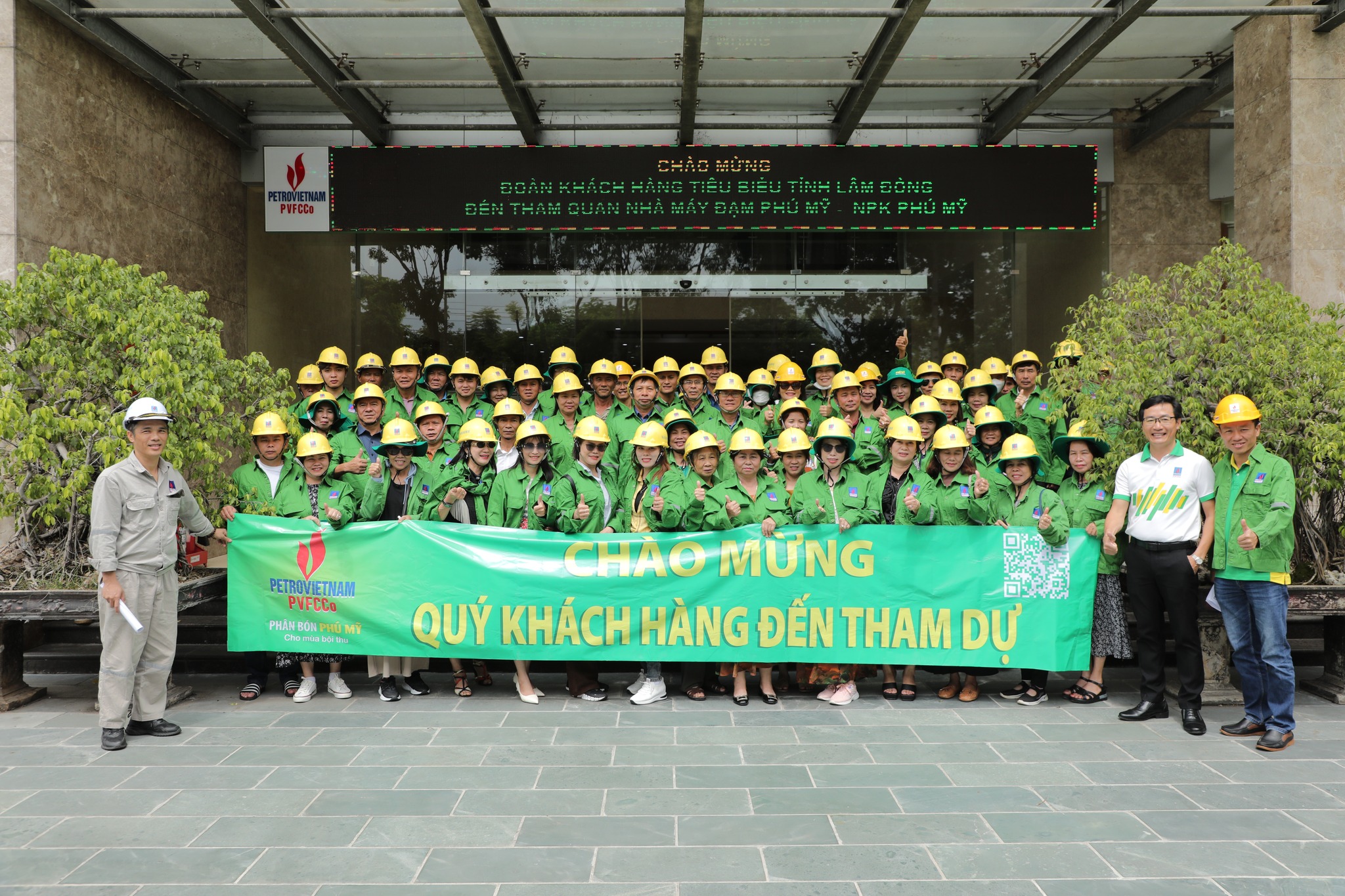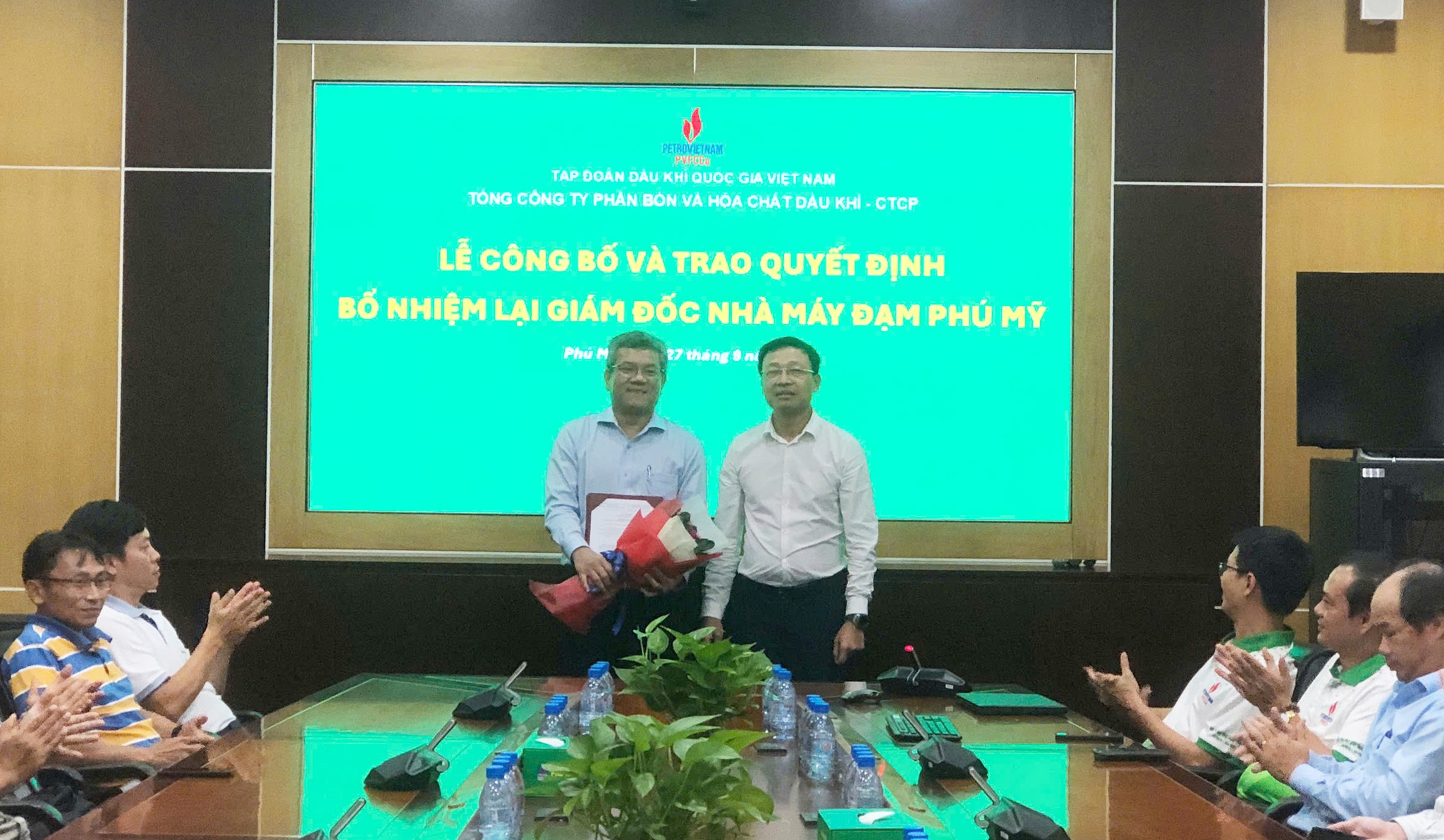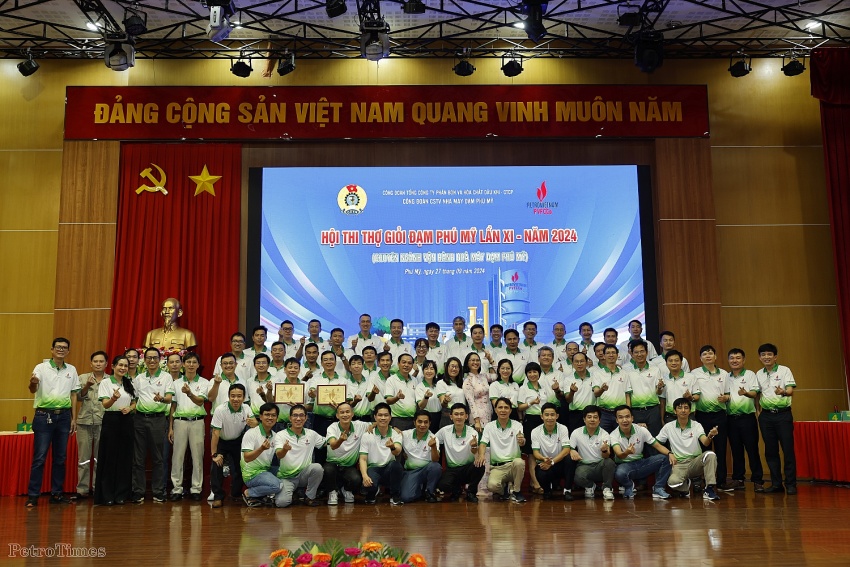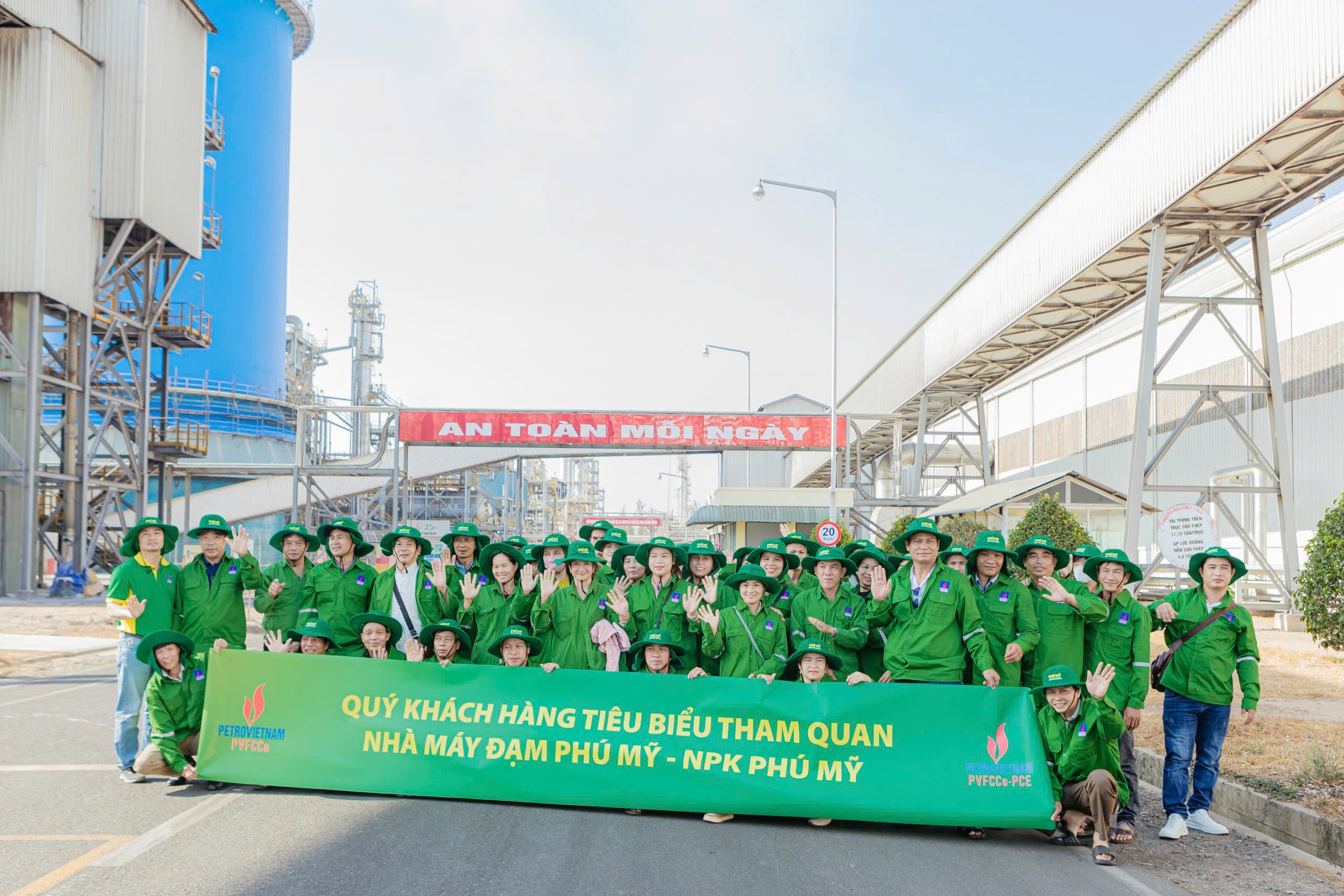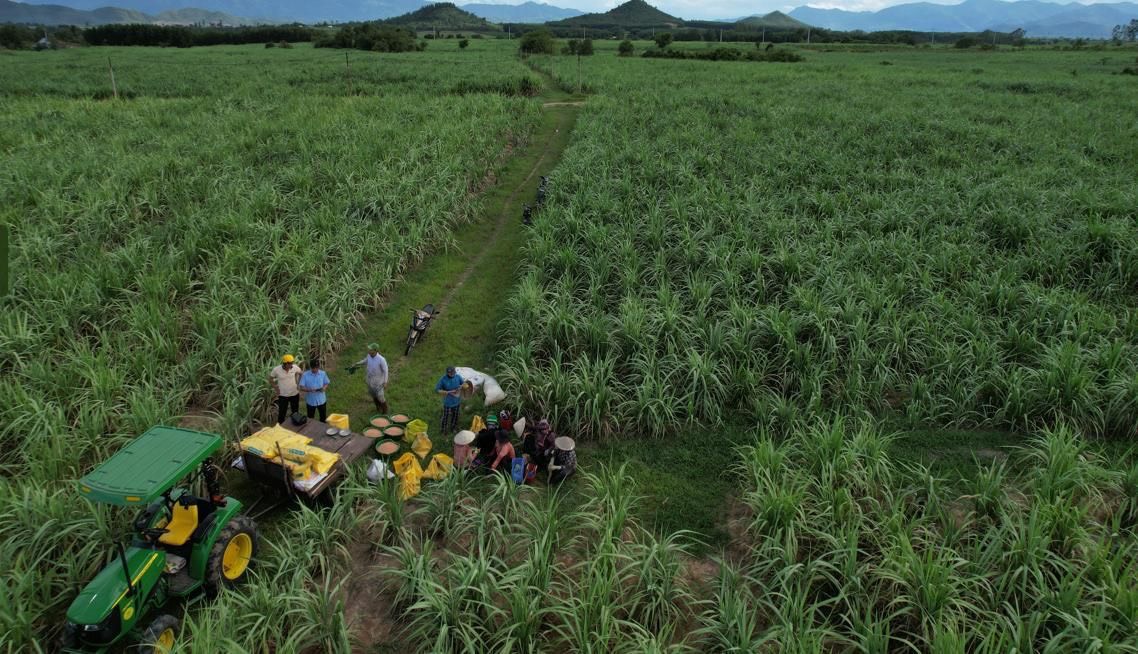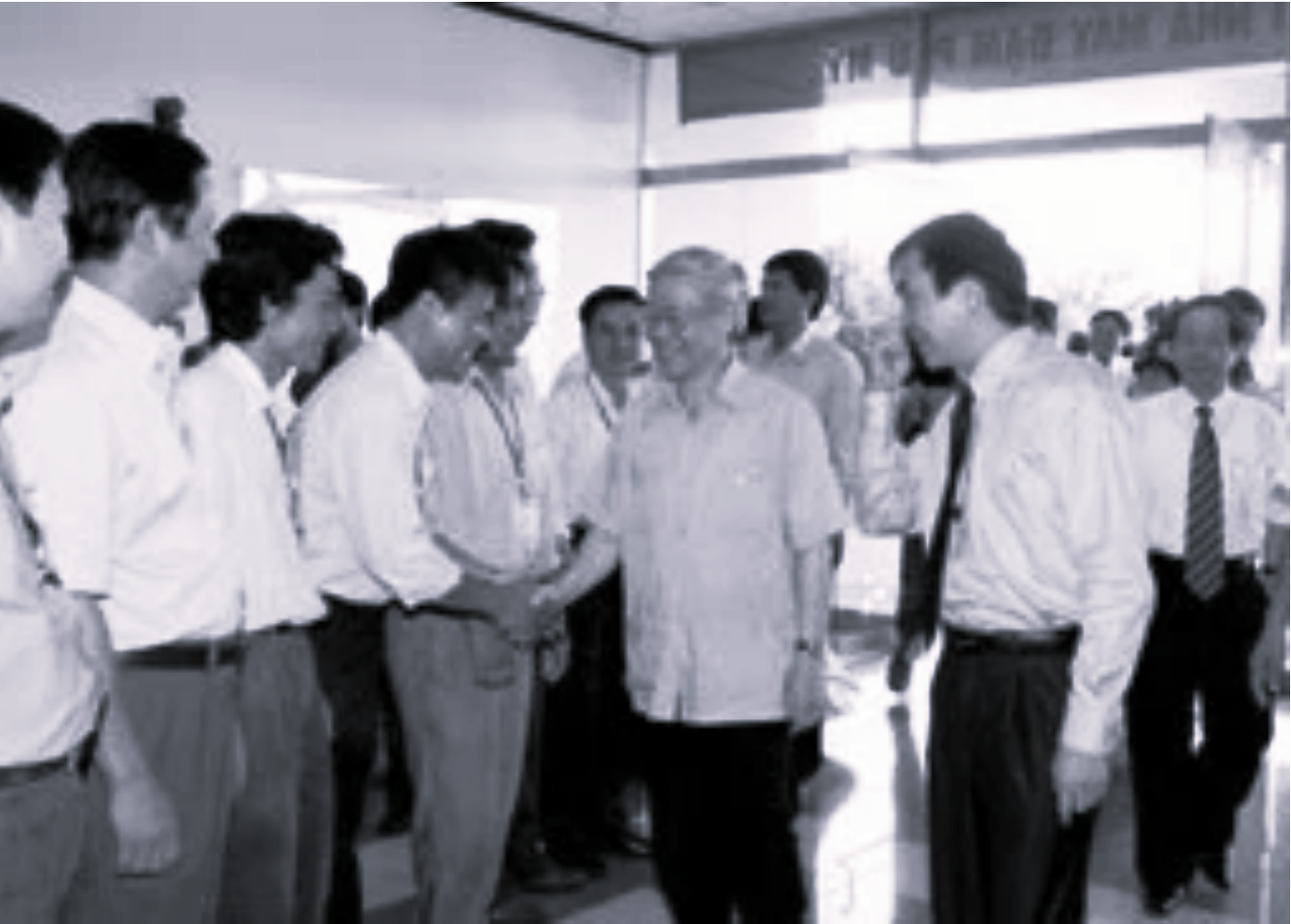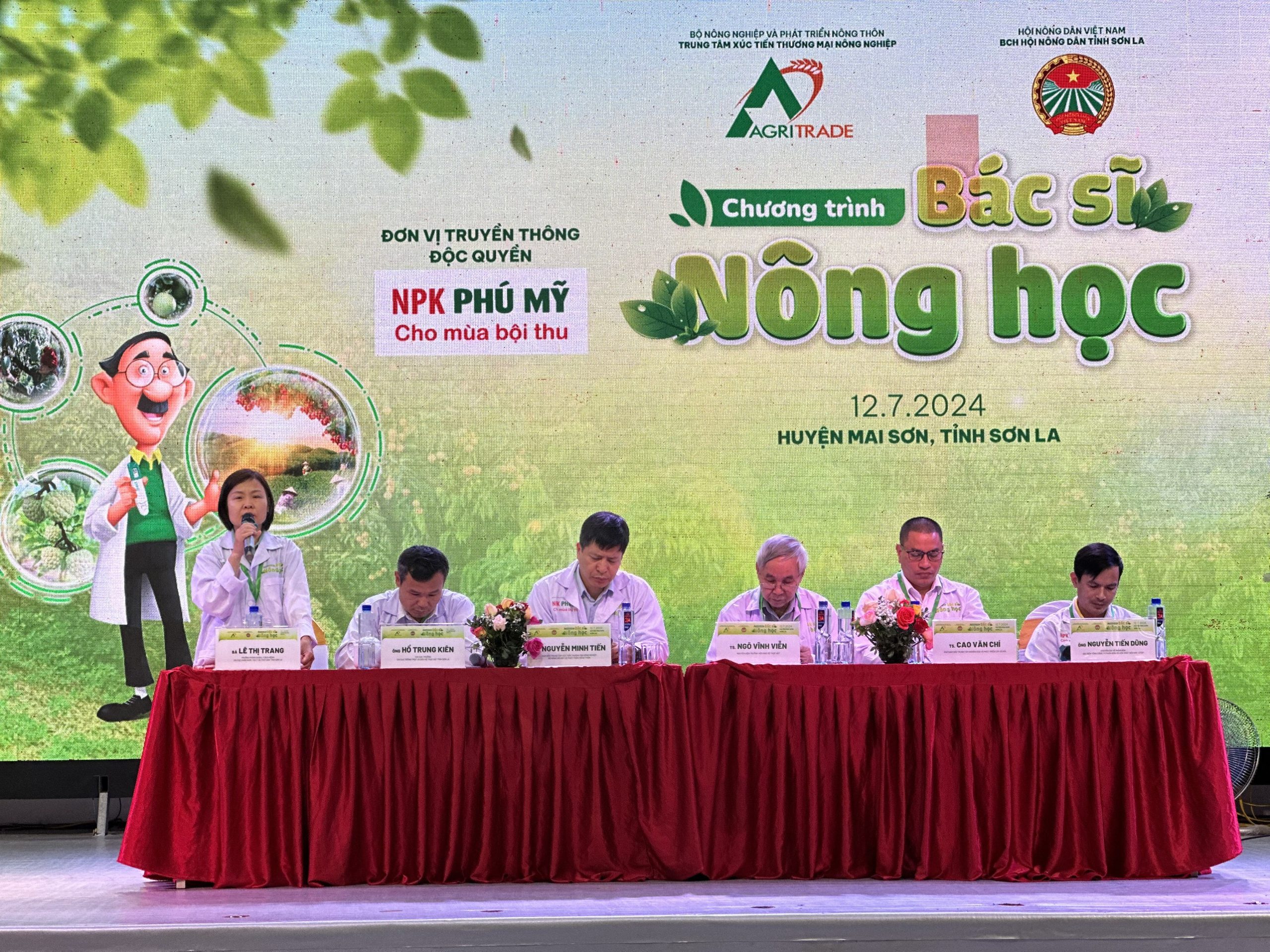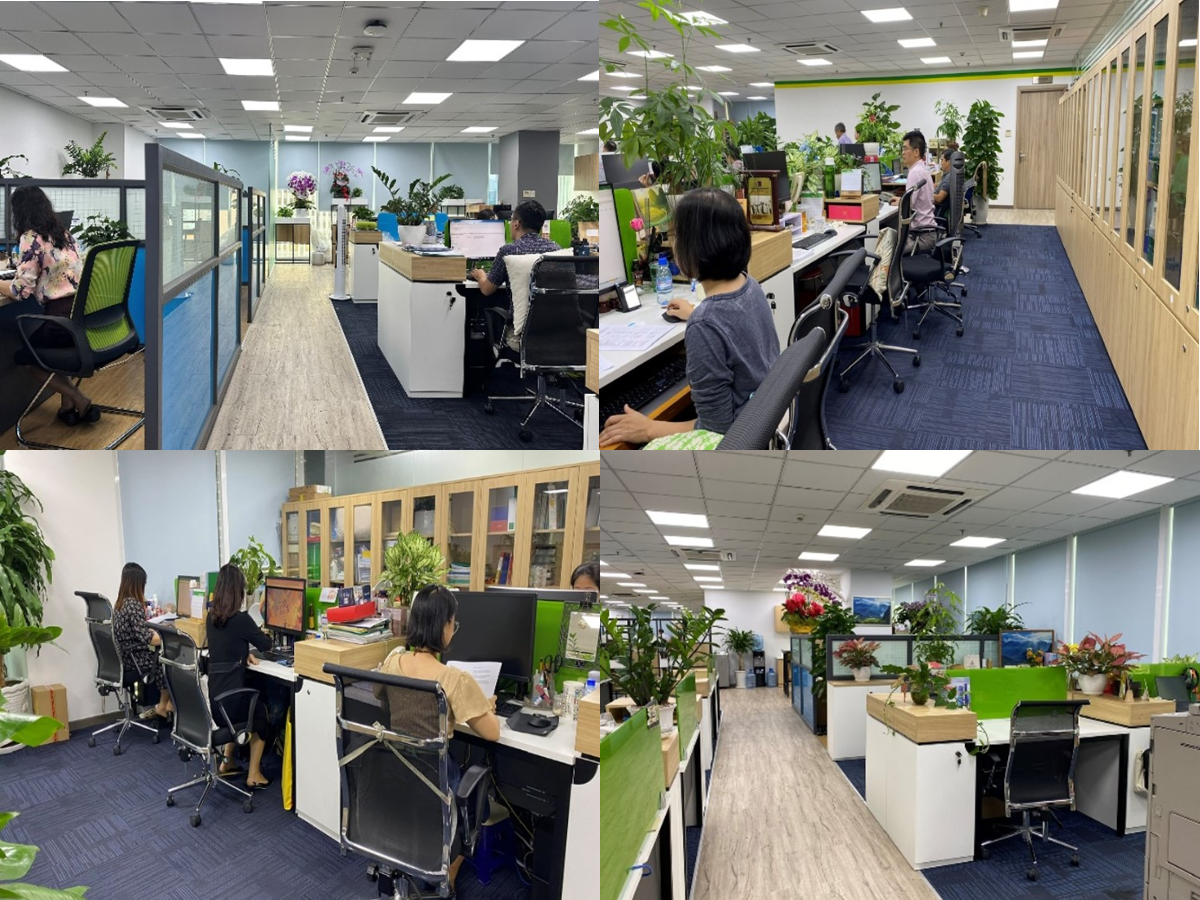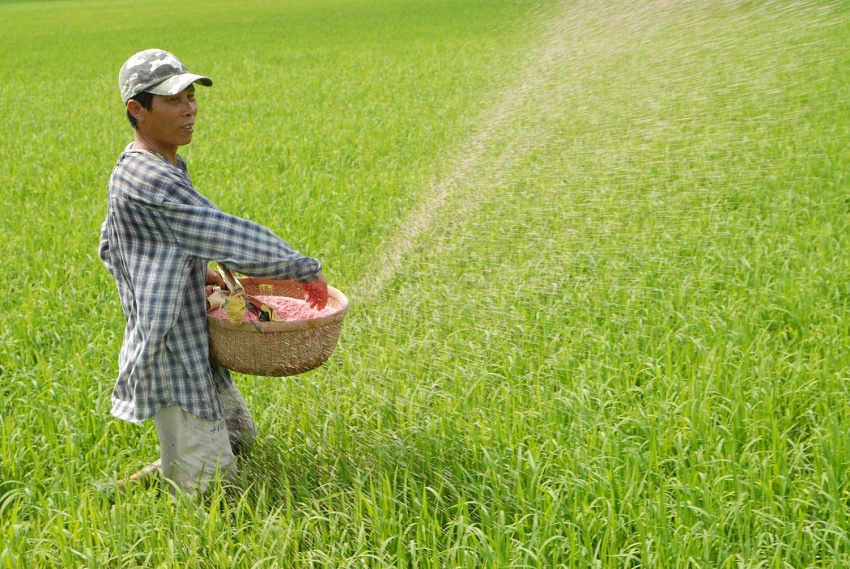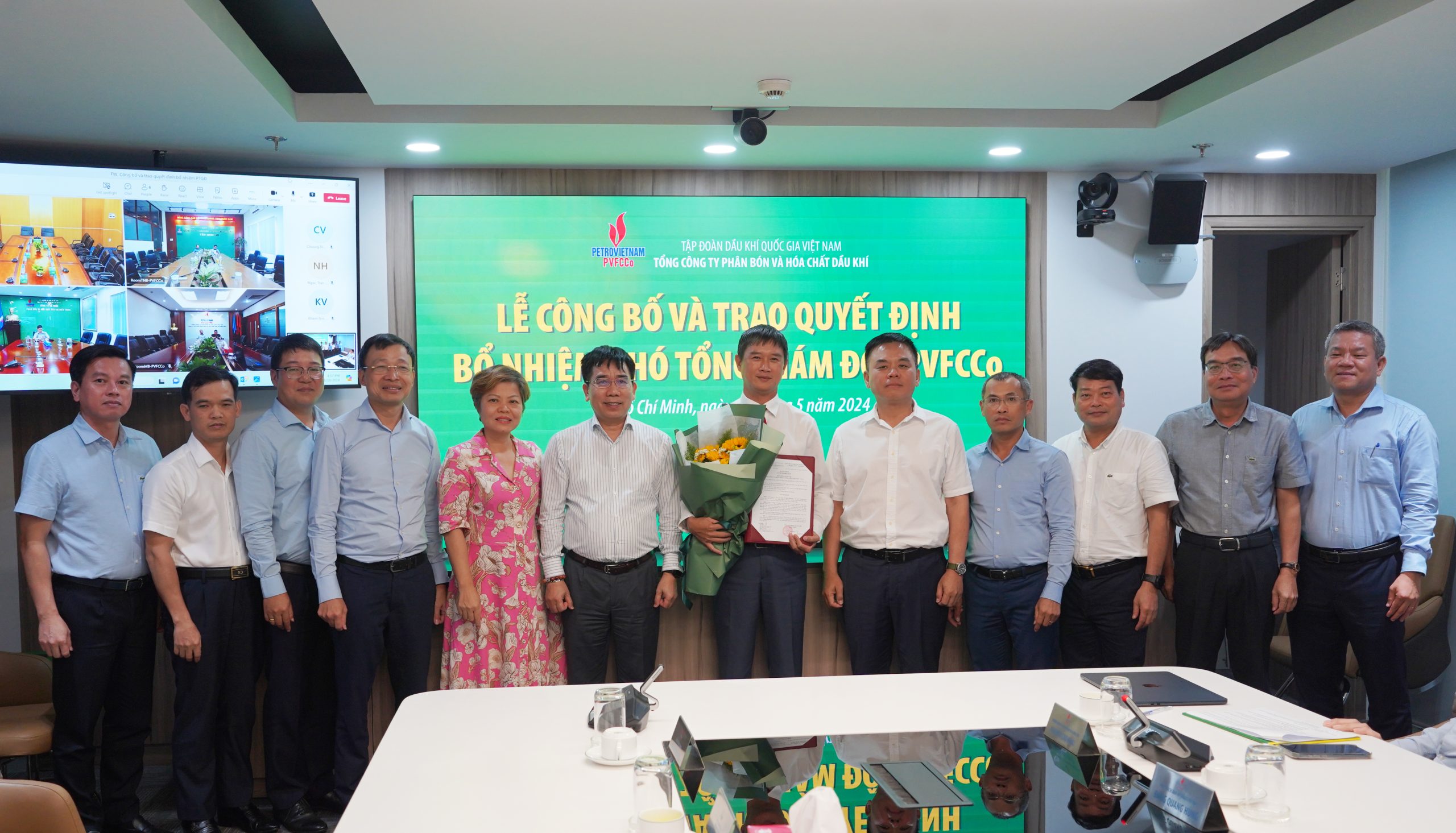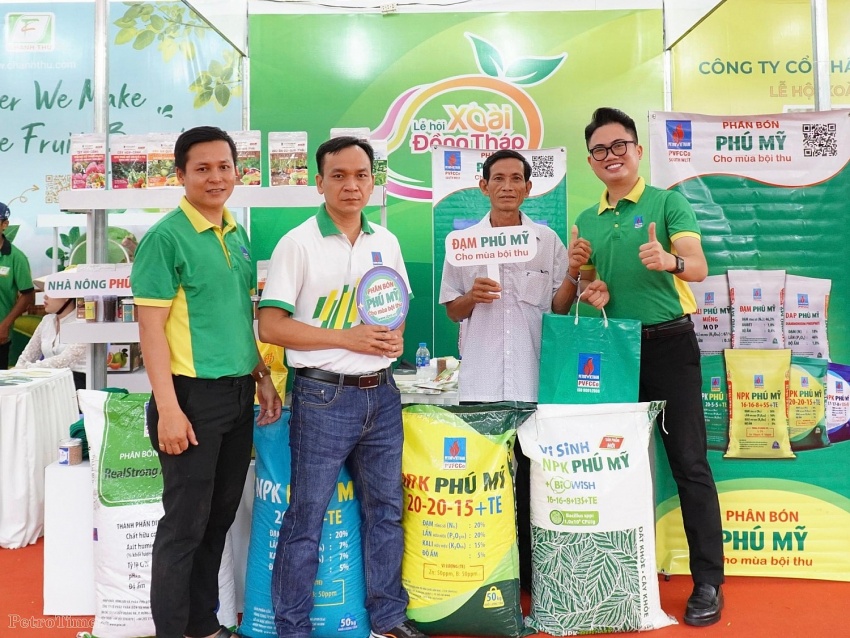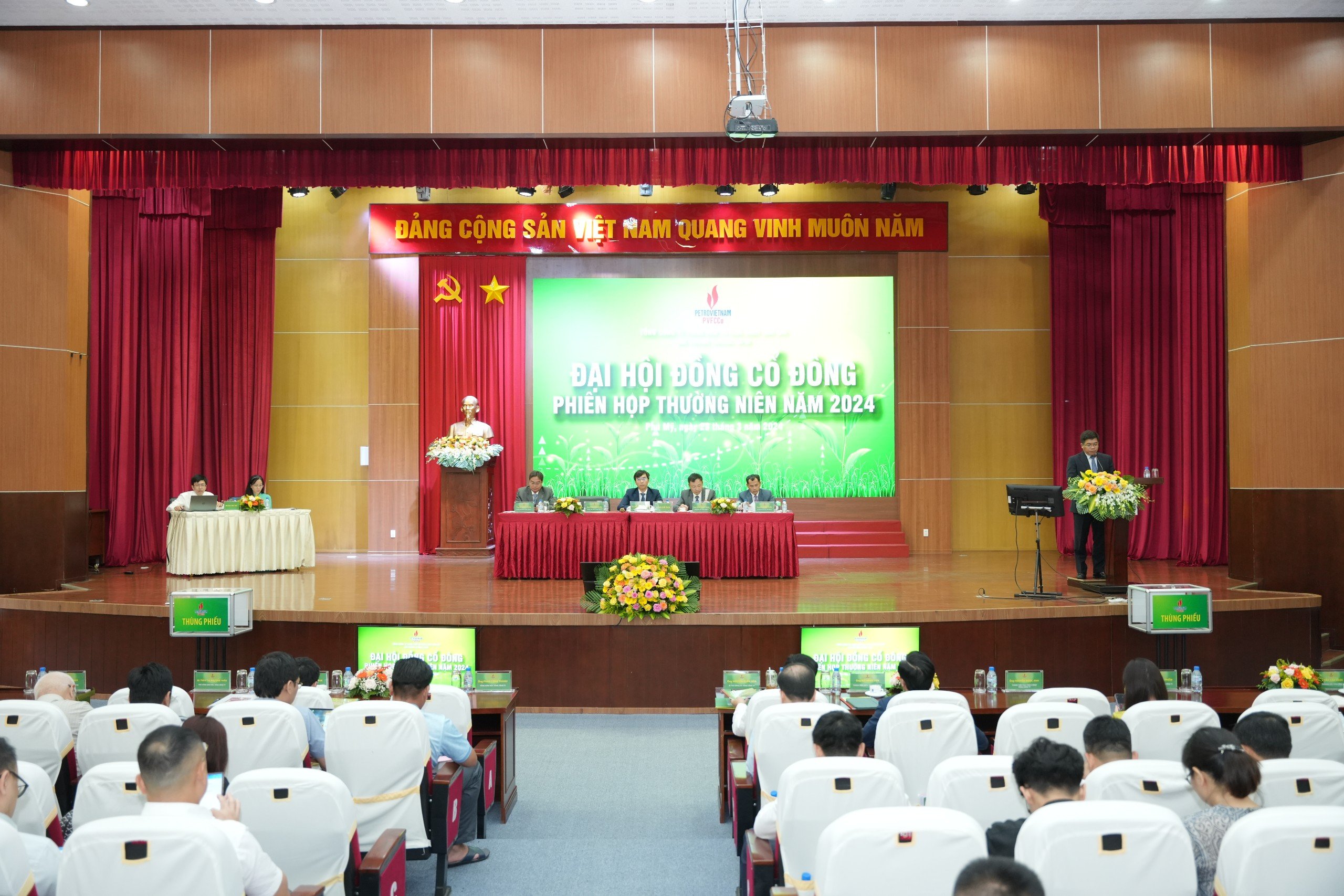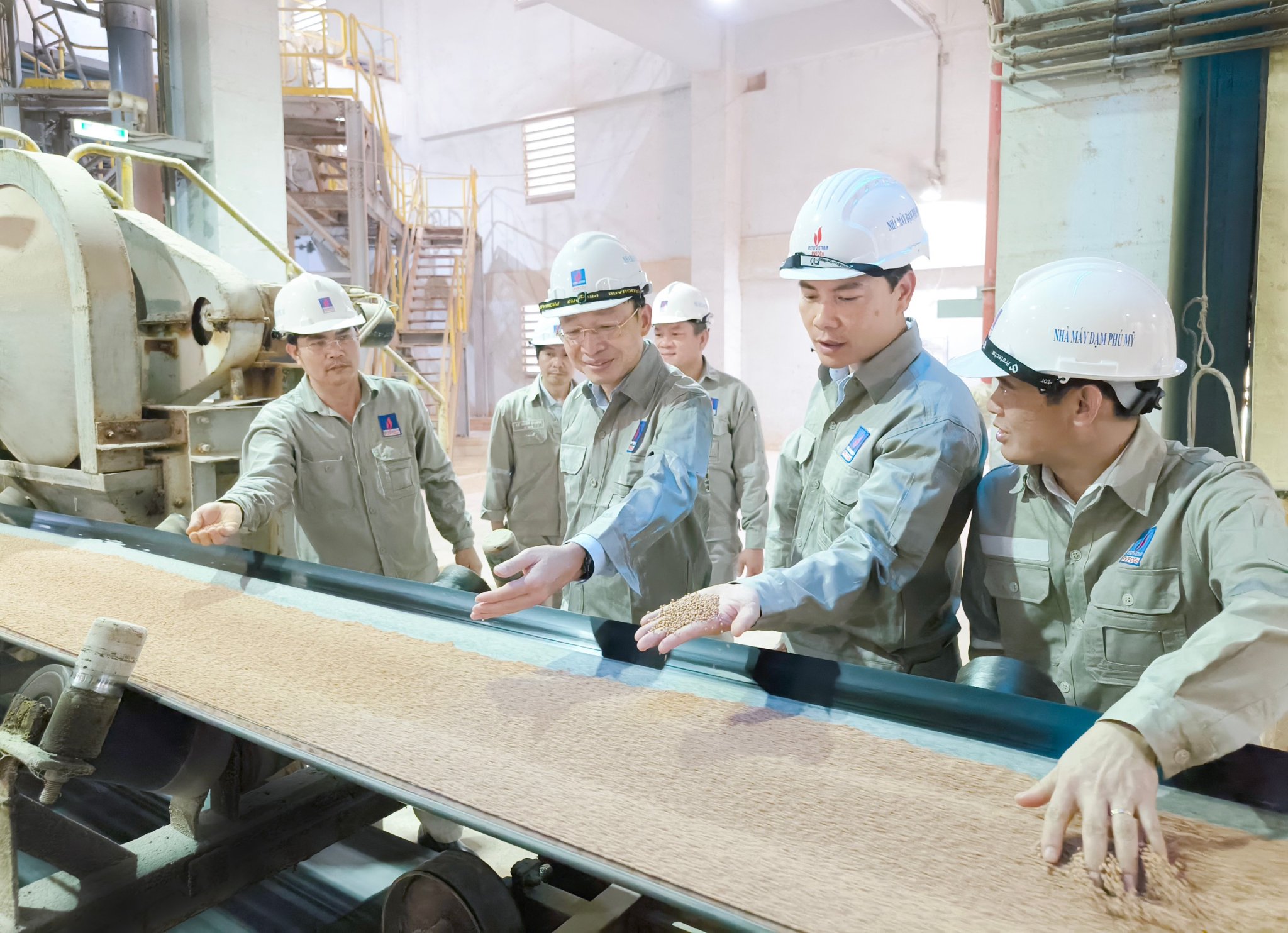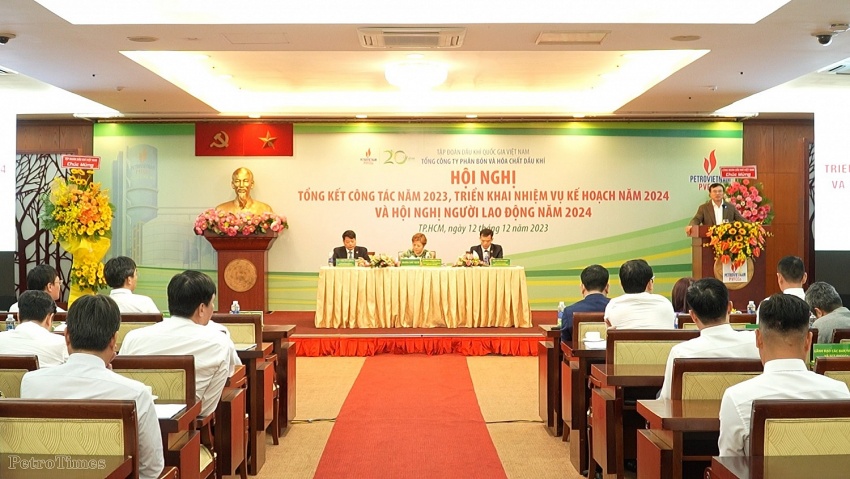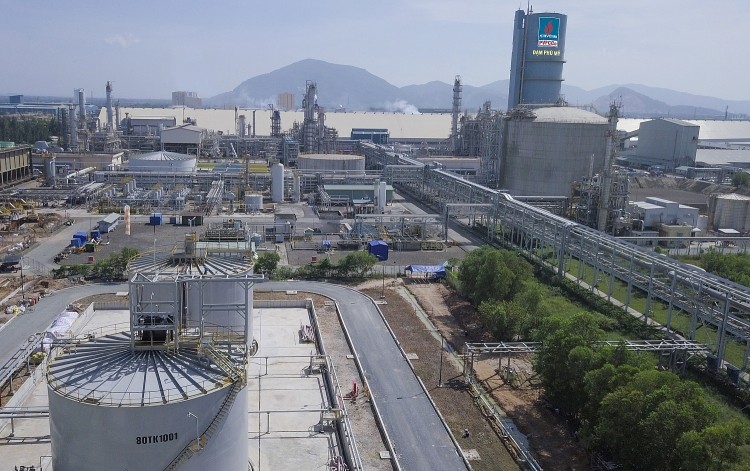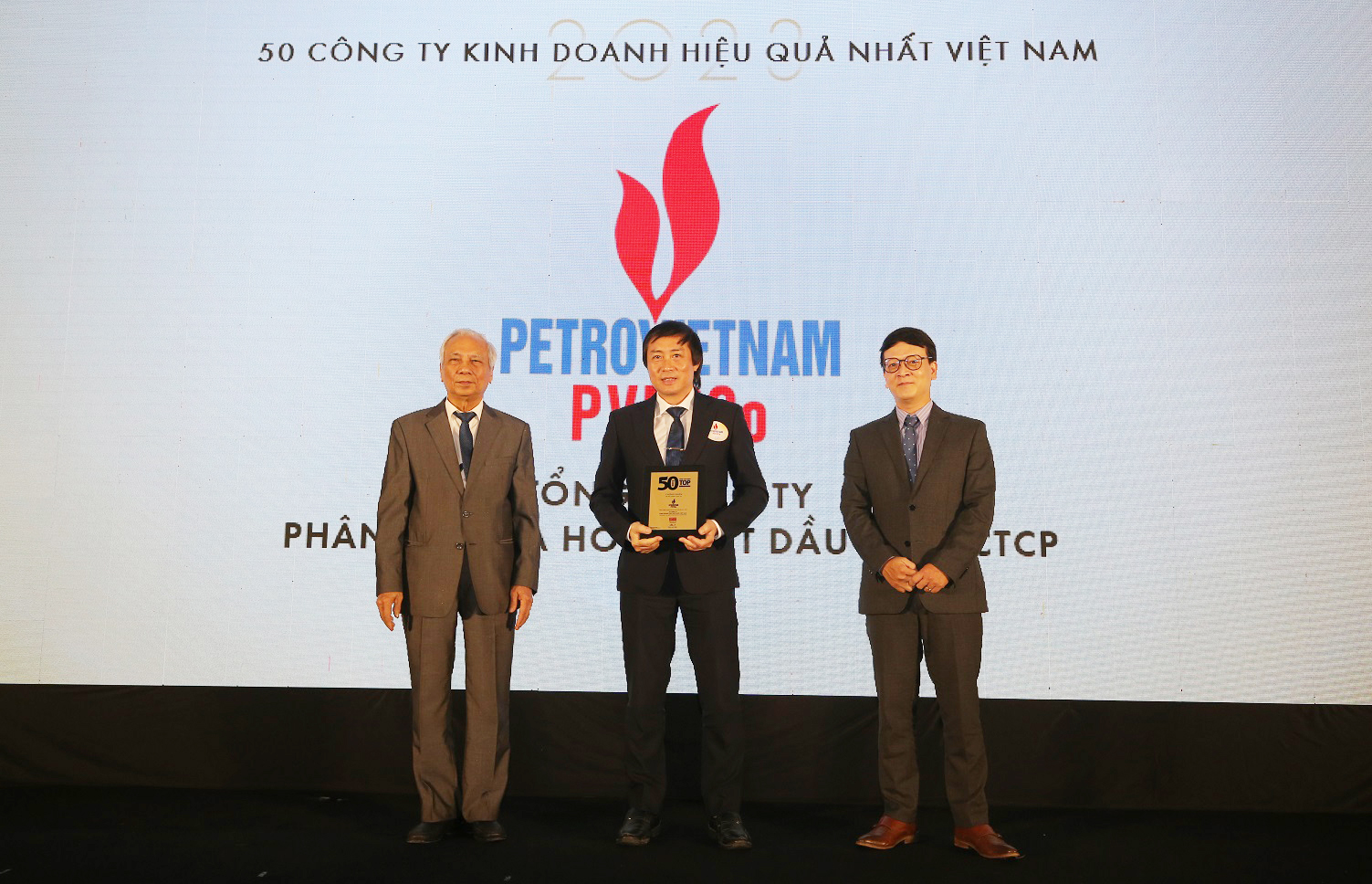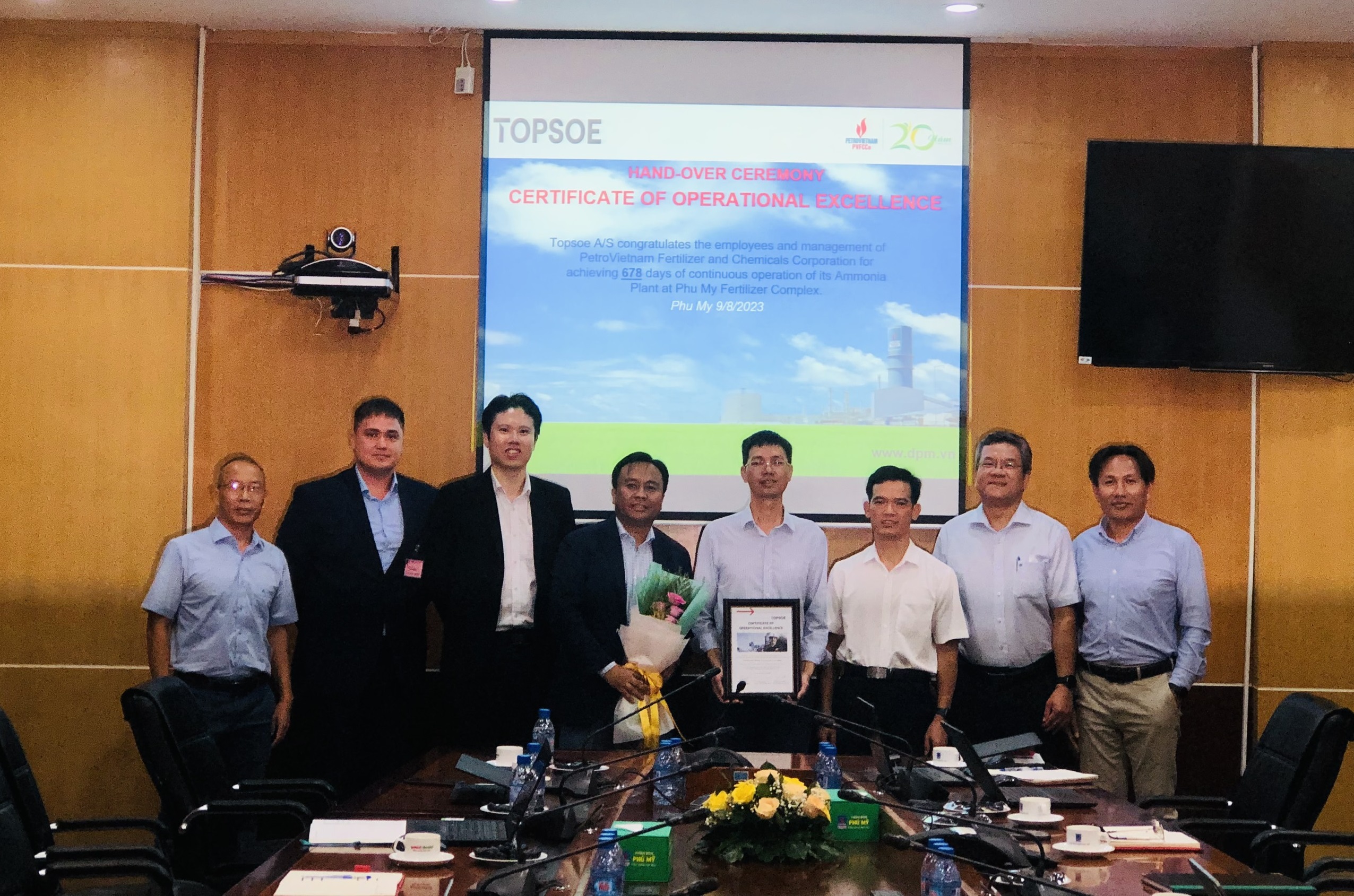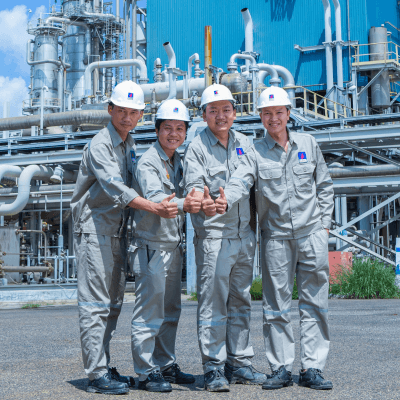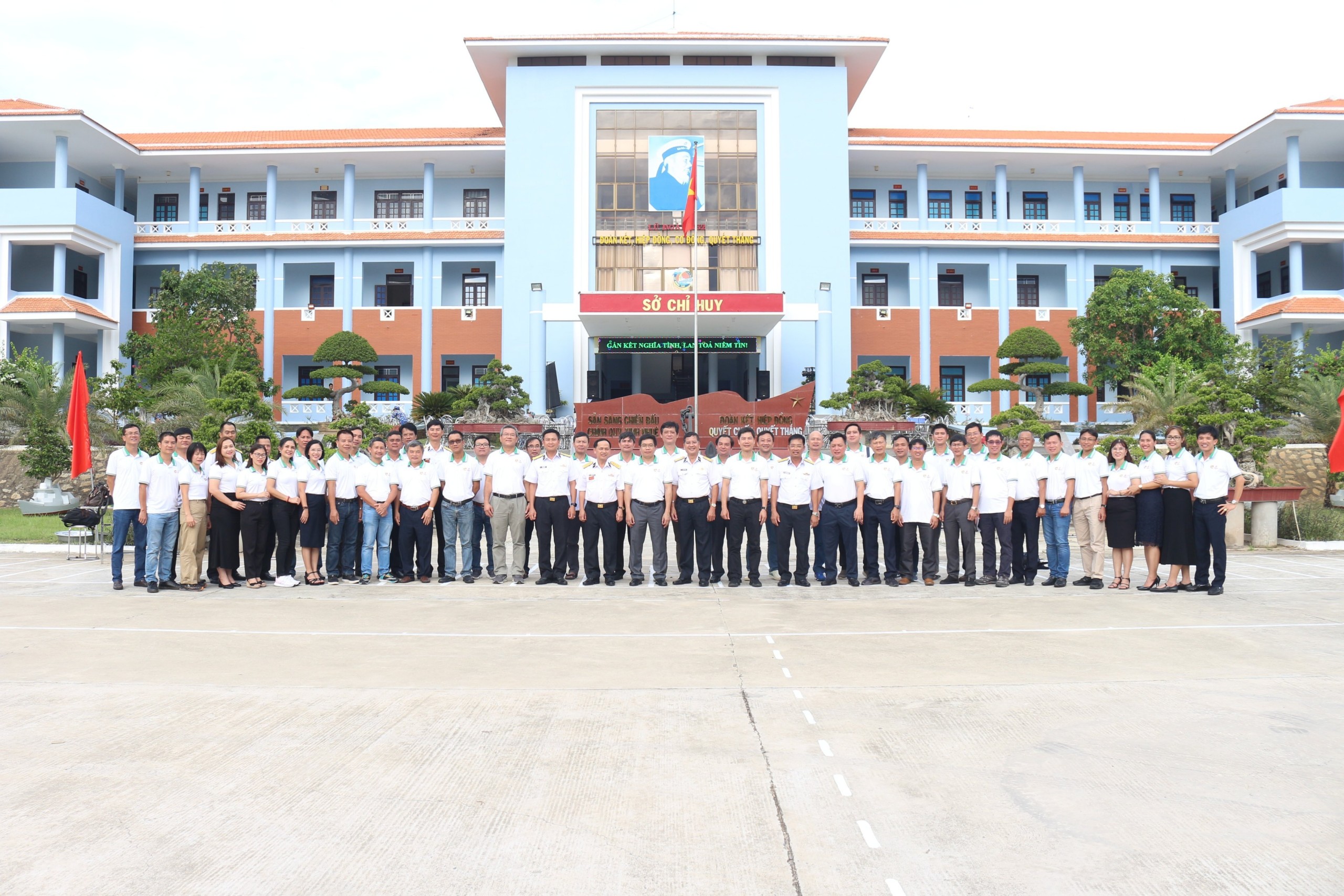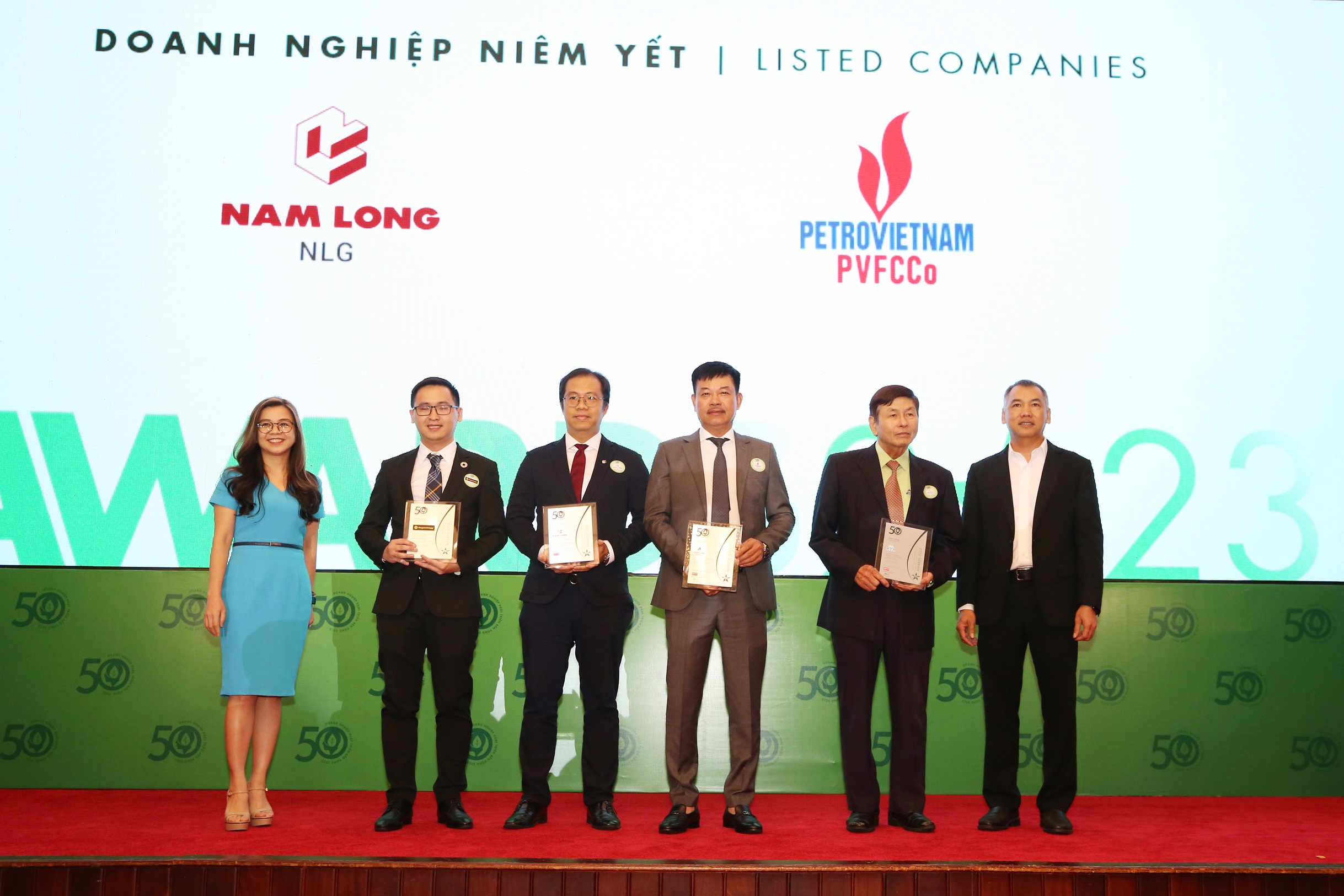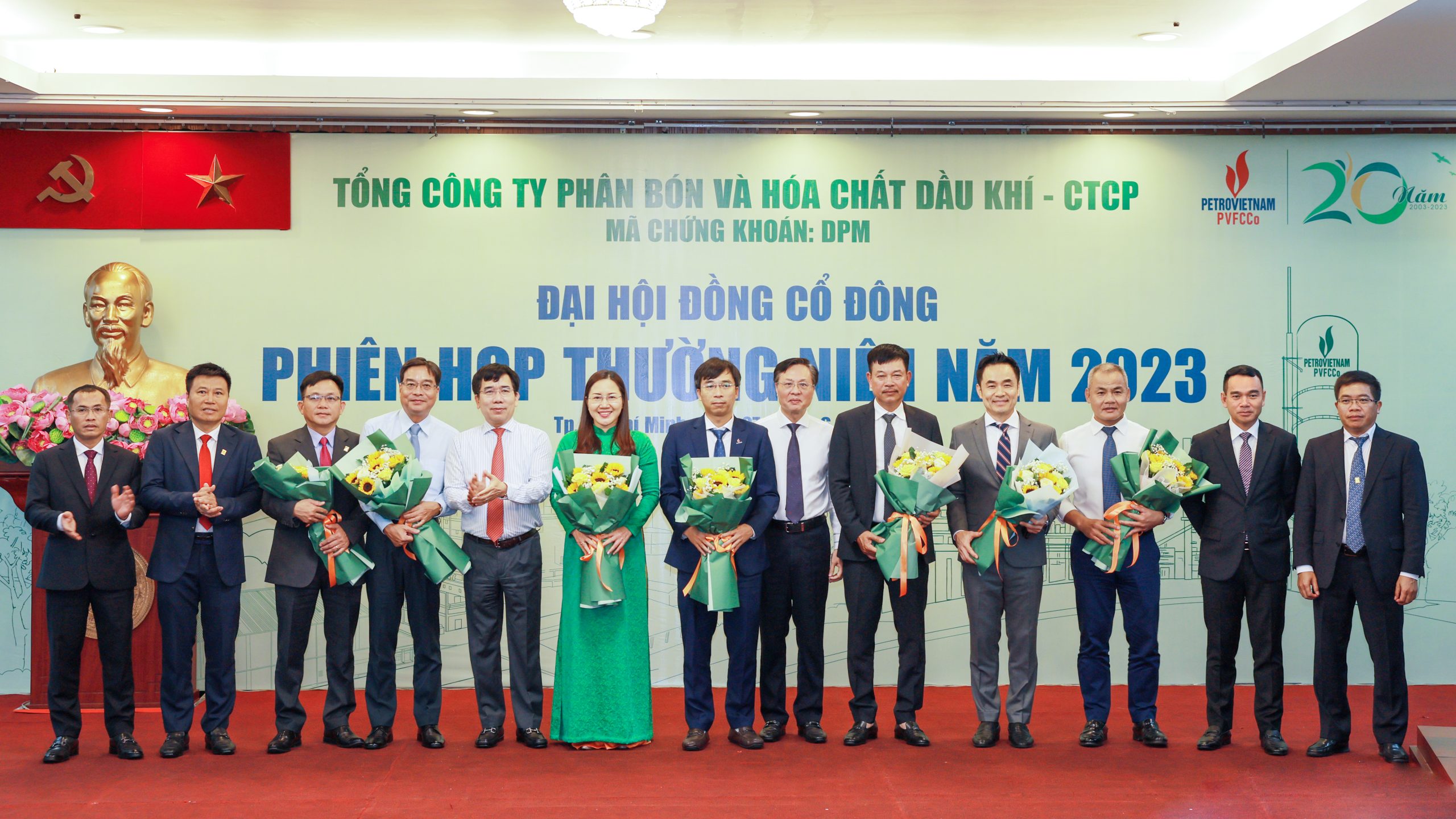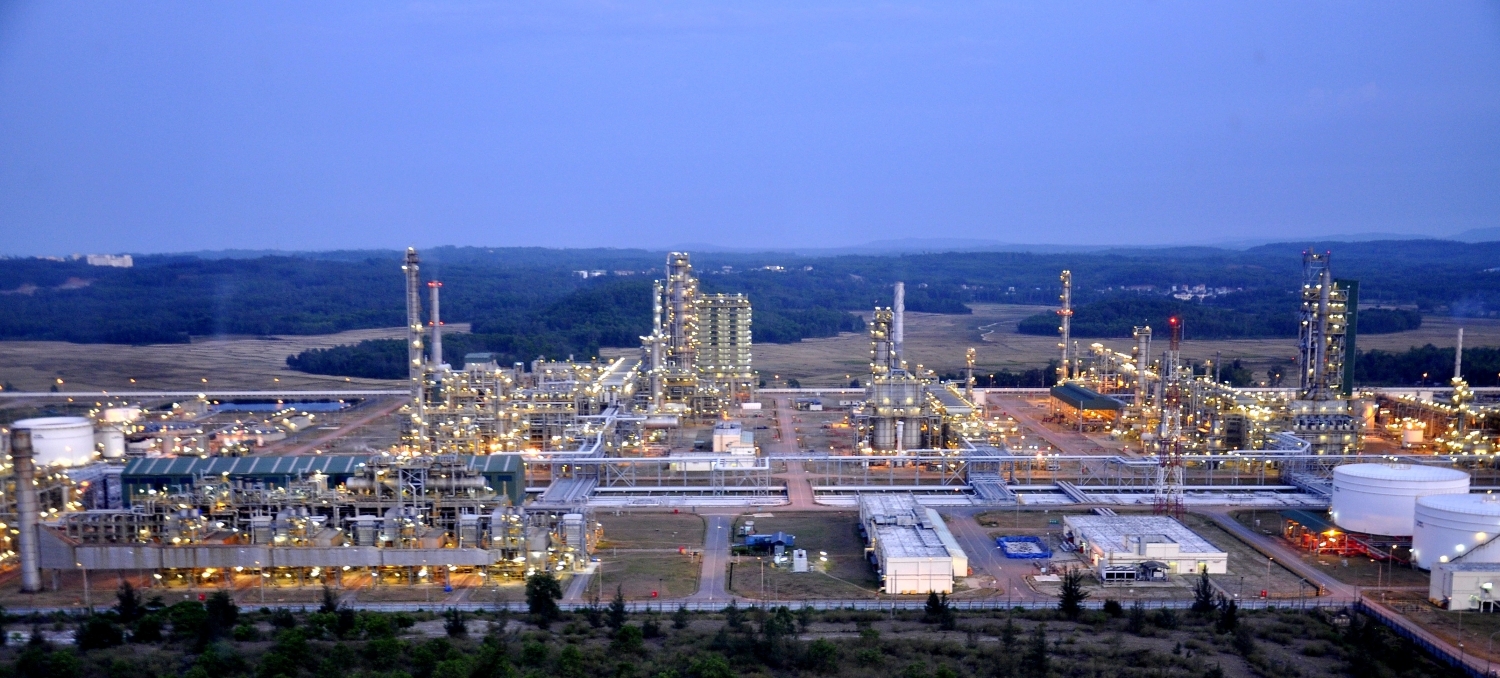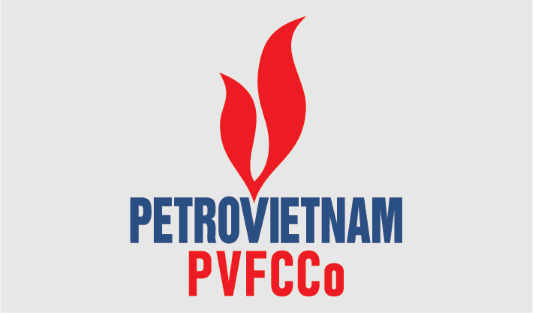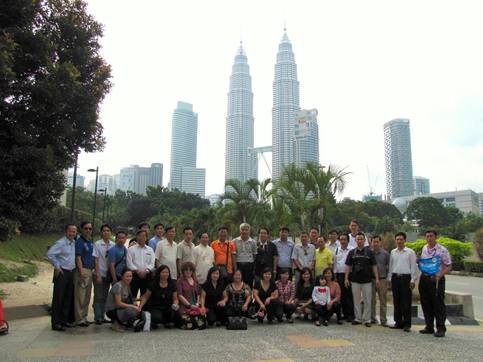On a sharp rise of fertilizer price, a lot blames on domestic businesses. That is too unfair for them because domestic businesses themselves are really making efforts to shoulder Vietnamese farmers and the farming sector in the face of fluctuations of the world market.

1. At present, not only fertilizer but the prices of a number of vital goods and materials worldwide are on the rise. The main reason is due to the negative impact of the Covid-19 epidemic that causes plants and manufacturing businesses throughout the world to either shut down or run at a low load. Then, the epidemic makes the logistics chain break, freight suddenly rise, causing a domino effect for commodities including fertilizers, which are chiefly shipped by containers that has increased by 5 times in price.
In particular, the rise of world market fertilizer price is chiefly due to that of raw material price gallops far beyond any forecast. As compared to those of the end of 2020, the rise of sulfur has increased by 133%, ammonia (NH3) by 130%, and sulfuric acid (H2SO4) by as much as 500% somewhere.
In addition, Covid-19 vaccination by various countries at a dizzy speed has led to a strong need for economic recovery, especially in the China and Central America markets. That has caused a sharp rise in fertilizer prices due to the demand for agricultural activity restoration.
In Vietnam, the price of homemade fertilizers has also increased significantly. This makes a lot wondering that whilst farmers are in such a hardship of low price that needs a rescue but the fertilizer price is on increasing (?!)
In fact, such psychology is quite understandable for anyone who witnesses difficulties of home farmers, who facing the down price, have to either undersell or waste. However, we should also need to have a just, fair, and objective insight into domestic businesses.
2. Firstly, cost and income are two independent issues wherein one can not be attributed as the cause to the other. Currently, due to the impact of the Covid-19, circulation has been broken, causing some agricultural products to fall deeply. But very likely, when the epidemic is over, the demand for farm products and therefore prices will increase sharply. This has nothing to do with input costs. Not to mention, as a whole, Vietnam farming product price is on the rise, wherein downtrend is just seen in a few items, while the decisive agricultural products are in the trend of "high yield, high price” side.
Secondly, most raw materials involved in fertilizer production are purchased at international fair market prices. As a result, when raw material prices increase, domestic production costs increase, too.
Thirdly, undergoing decades of reform, Vietnam's economy now has been in depth-integrated with the world one. Every move of the world market causes an impact on the domestic one in accordance with the butterfly effect. When there is a change of price of certain popular commodities, like fertilizer in the world, that of local also changes immediately in the principle of communicating vessels. This is the adjustment mechanism of the market so as to set a unanimous ground of price around the world.
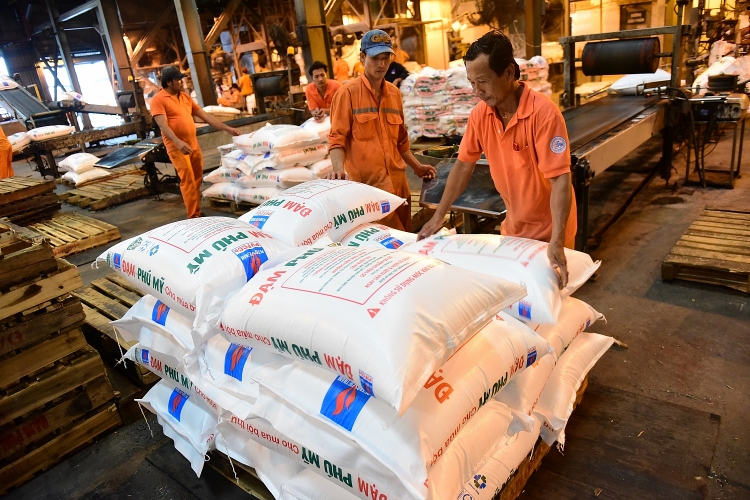
If the local price of an item is either higher or lower than that of the world, it will immediately create a flow of move either from or to Vietnam of such an item till a fair market price is restored.
Hence, once the international fertilizer price sharply increases (as seen recently), or vice versa as seen few years in the past, local price in Vietnam would change accordingly.
As forecast, domestic fertilizer prices will keep rising in line with world tendency in the coming time. In this case, domestic businesses can only restrain the increase rate in part.
3. In admission of fertilizer price increase, we should concede that the increase rate of home-made fertilizer price is still lower as compared to that of the world. Home-made fertilizers are priced at approx. 1~2 million VND-per-ton lower than imported ones.
Many leading fertilizer businesses such as Phu My Fertilizer, Ca Mau Fertilizer (Vietnam Oil and Gas Group subsidiaries) have actively stopped, or lessened exports as well as expanded international market shares in order to maximize domestic supply. This also means that those businesses have actively sacrificed their profits to support home farmers.

Furthermore, domestic businesses are trying to maximize output, dispatch goods to regions, timely serving farmers, especially in the peak season, thereby preventing a shortage of goods, price fever. But it is not easy at all to do that in the context domestic businesses and plants are having to stretch themselves on various fronts to realize the dual goal of both fighting the epidemic and doing business efficiently.
To ensure a smooth operation during the COVID-19 epidemic, operator fleet must permanently station at plant site, plant management and workers are all self-isolated for a as long as months with no home visit in order to ensure a safe, uninterruptable, efficient operation, providing quality products with sufficient output to serve the home crop. That scene is also demonstrating the commitment and efforts of businesses and workers of the fertilizer industry made in accompanying home agriculture industry and farmers
These are symbolic examples in implementing government's policy on respecting market rules, minimizing the application of subjective-idealistic measures, preventing from distorting the principle of market laws, causing adverse effects on the economy, and at the same time implementing the Tam Nong (three rural goals) policy.





